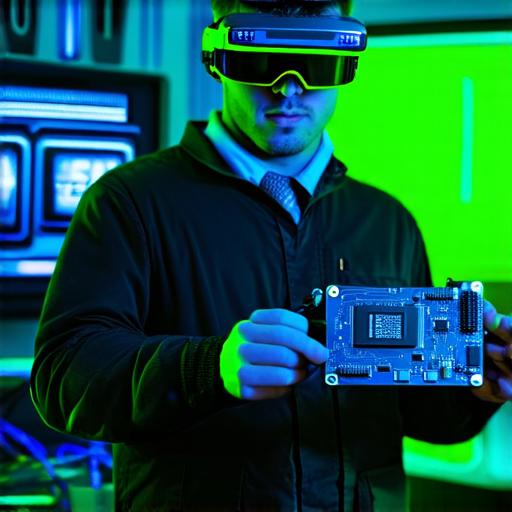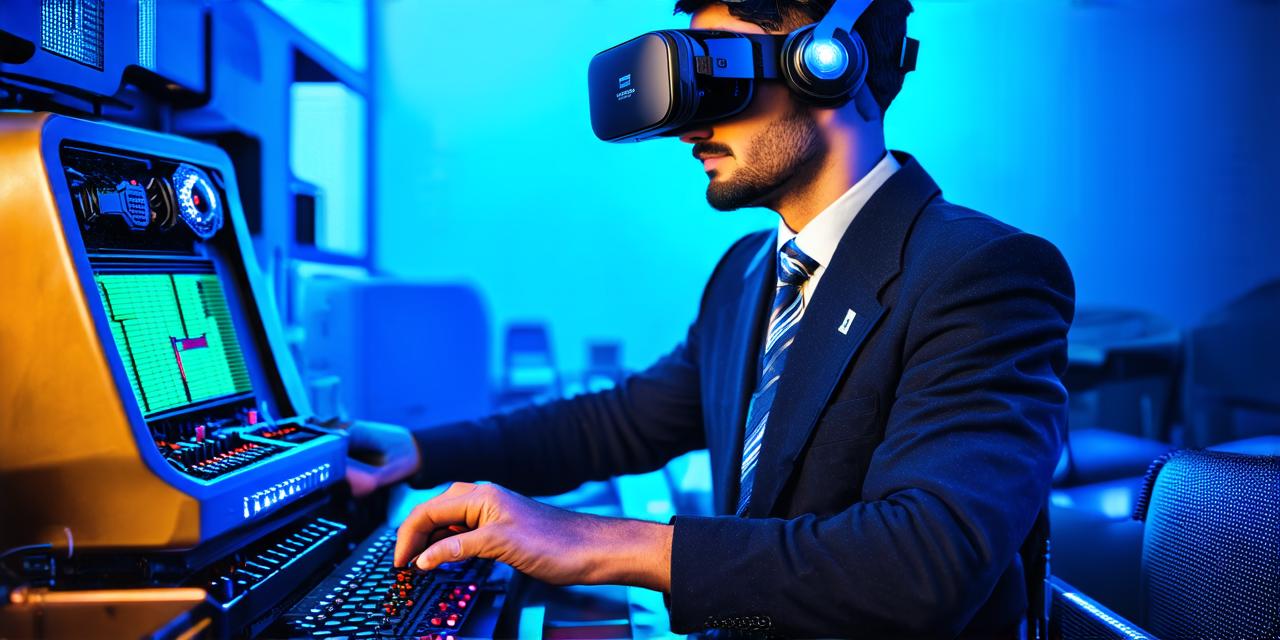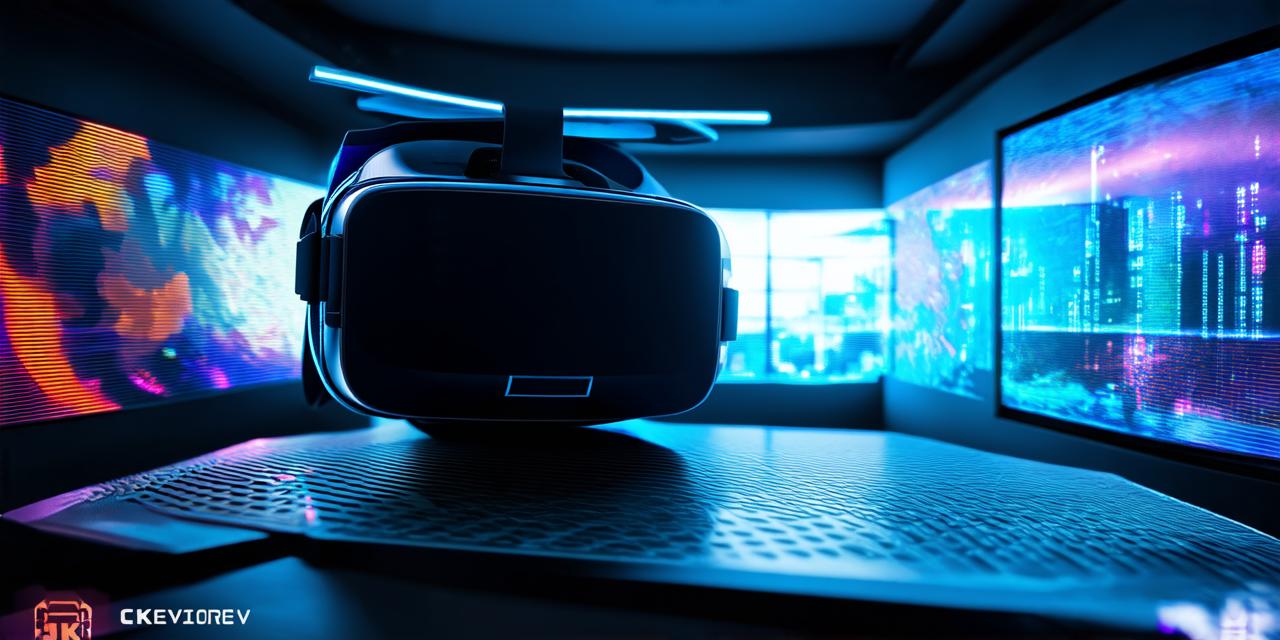Virtual reality (VR) technology has been around for decades, but where did it come from? The origins of VR can be traced back to early experiments in computer graphics and simulations. In this article, we will explore the history of virtual reality and its evolution over time.
The birth of computer graphics
In the 1960s, computer scientists began developing algorithms and programs that could generate realistic images on a screen. These early computer graphics programs were used primarily for scientific research and military simulations. However, as computers became more powerful and affordable, computer graphics technology began to be used in other fields, such as advertising and entertainment.
Early virtual reality devices
One of the earliest virtual reality devices was the “Head-Mounted Display” (HMD), which was developed in the 1960s by Ivan Sutherland. The HMD used a headset to display a stereoscopic image that created the illusion of depth and distance. This device laid the foundation for future VR technology, including modern-day VR headsets like the Oculus Rift and HTC Vive.
The rise of computer gaming
In the 1970s and 1980s, the popularity of video games grew rapidly. As computers became more powerful, developers began to create more immersive and interactive games that used computer graphics and simulations to create a virtual world for players to explore. These early computer games laid the groundwork for modern-day VR games like “Beat Saber” and “Job Simulator.”
The 1990s: The dawn of consumer VR
In the 1990s, virtual reality technology began to be marketed as a consumer product. Companies like Sega and Nintendo released VR systems for home use, such as the Sega Genesis 3D and the Virtual Boy. While these systems were not particularly successful, they marked the beginning of the commercialization of VR technology.

The early 2000s: The rise of mobile VR
In the early 2000s, virtual reality technology began to be used on mobile devices like smartphones and tablets. Companies like Sixense released a mobile VR headset called the Sixense Stylus, which could track motion using sensors on the device. This marked the beginning of a new era for virtual reality, where users could experience immersive environments on the go.
The present day: The future of VR
Today, virtual reality technology has a rich history that dates back to World War II. With advancements in computer graphics, processing power, and motion tracking, VR headsets like the Oculus Rift and HTC Vive offer incredibly immersive experiences that can transport users into new worlds of their own creation. As VR technology continues to evolve, it is likely that we will see even more exciting developments in the future.
In conclusion, virtual reality technology has a rich history that dates back to World War II. From early experiments with computer graphics to modern-day VR headsets, the development of virtual reality technology has been shaped by advancements in computing and engineering. Today, virtual reality continues to be an exciting and rapidly evolving field that offers endless possibilities for exploration and creativity.


